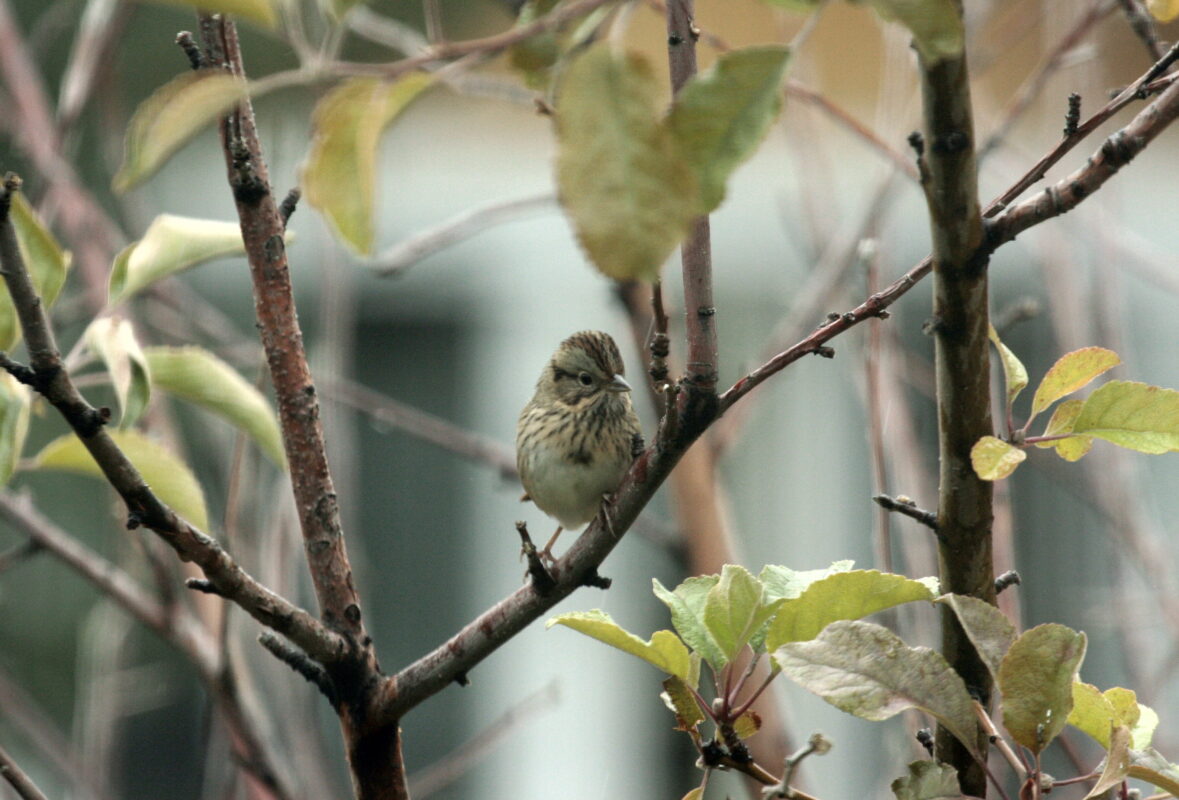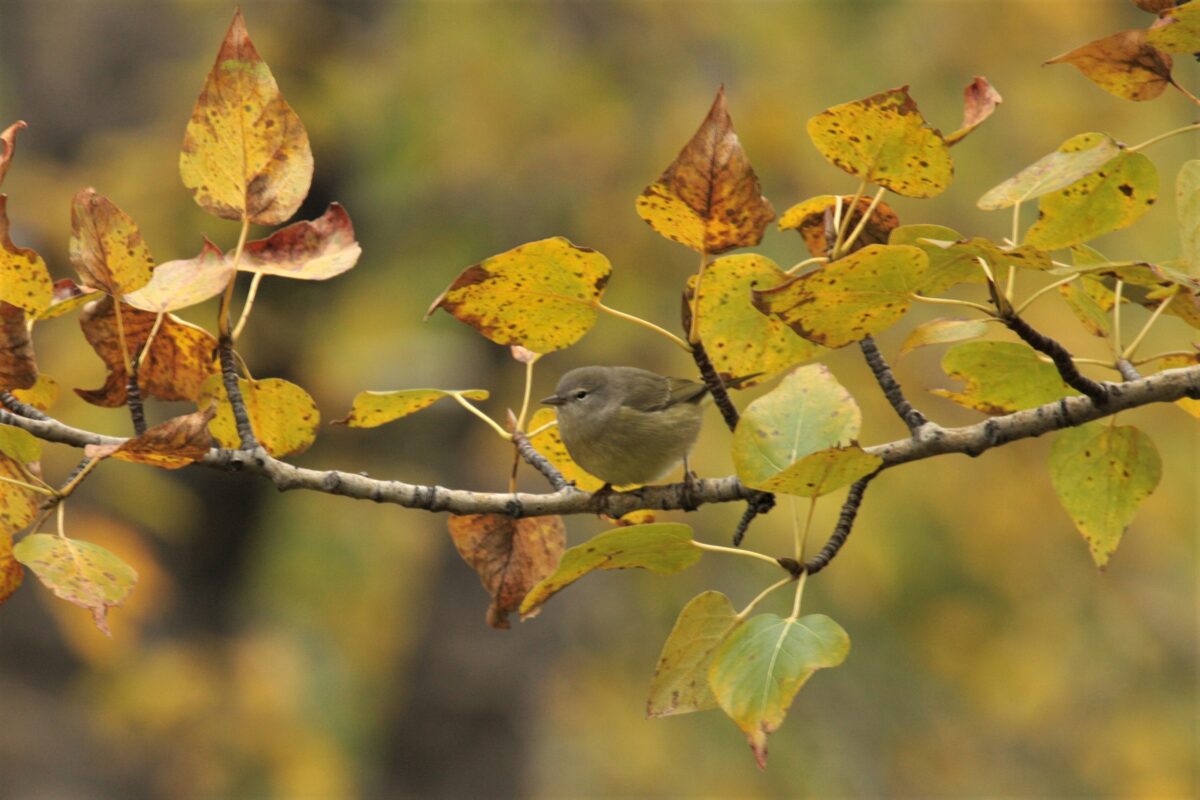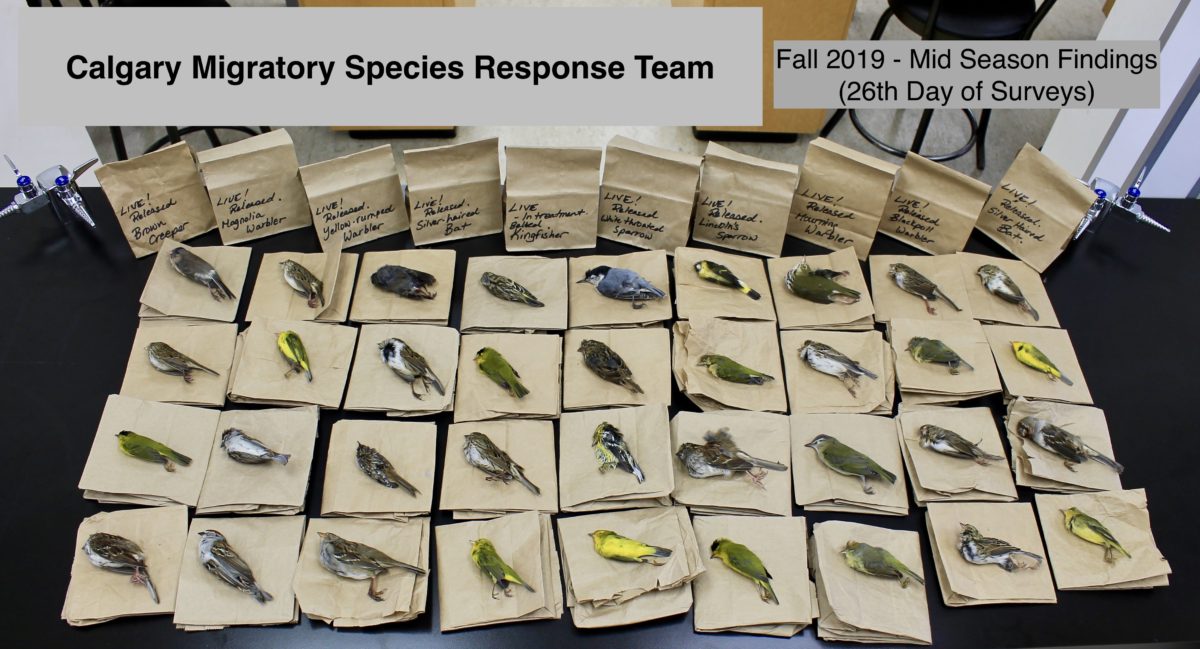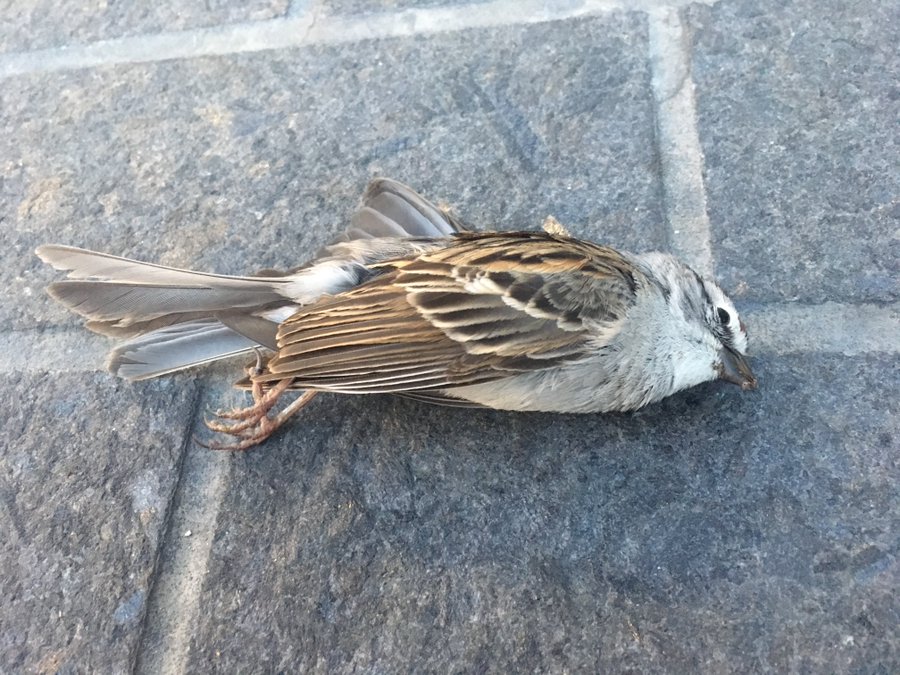Help migrating songbirds by keeping our night skies dark.
Spring migration is well under way, but as far as songbirds go, it will really pick up steam for the month of May. Songbirds migrate at night, and they can become disoriented by artificial light. This can cause them to be drawn off their normal path and into a more dangerous urban area, where they may collide with windows and other human structures, or be taken by predators.


Sparrows, warblers, and other songbirds will soon be moving through the city in large numbers. Lincoln’s Sparrow, Orange-crowned Warbler. Photos by Bob Lefebvre.
In 2021, Calgary became one of Canada’s first certified Nature Canada Bird Friendly Cities. Bird Friendly Calgary is the local organization whose mission is to highlight and mitigate threats that have contributed to a decline in bird populations of an estimated three billion over the last fifty years. As part of these efforts, Bird Friendly Calgary has a “Lights Out” initiative they would like to pass on to the local birding community. It is asking for everyone to turn off all unnecessary lights between 11:00 PM and 6:00 AM during the migration periods of spring and fall. For spring they are targeting April 1st to June 15th with special emphasis on the month of May.
Please try to keep your houses and yards as dark as is safe at these times.
Lighted office towers are also a great threat to migrating birds and bats, and a huge number die or are injured each year in collisions with office buildings across North America. The Calgary Urban Species Response Team is active during migration in searching for such birds and bats in the downtown core, and trying to rescue any injured ones. The hope is that they can find out where the major problem areas are, and find ways to mitigate the loss of bird and bat life. See their site to find out more about this problem and the great work they are doing.






